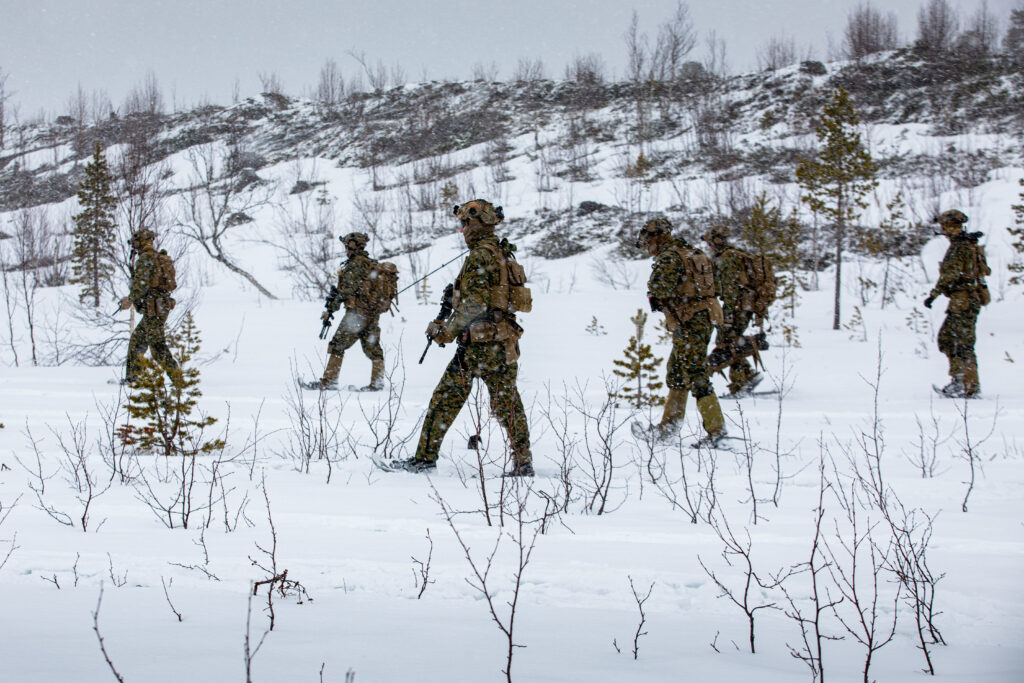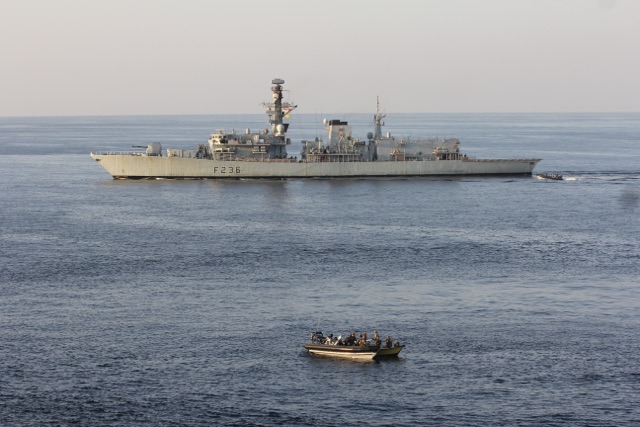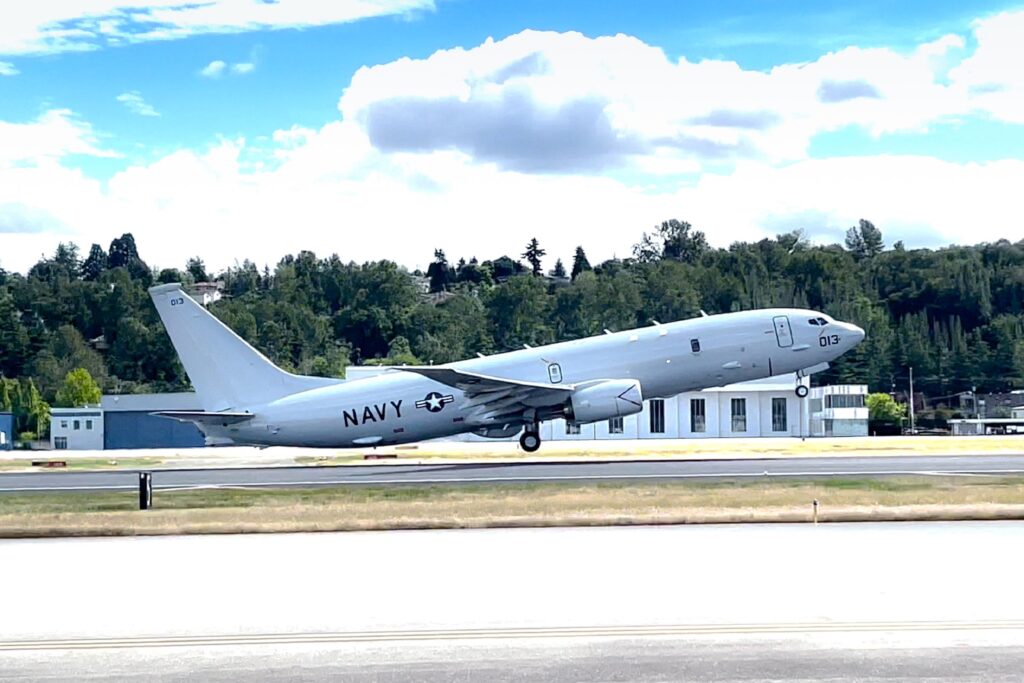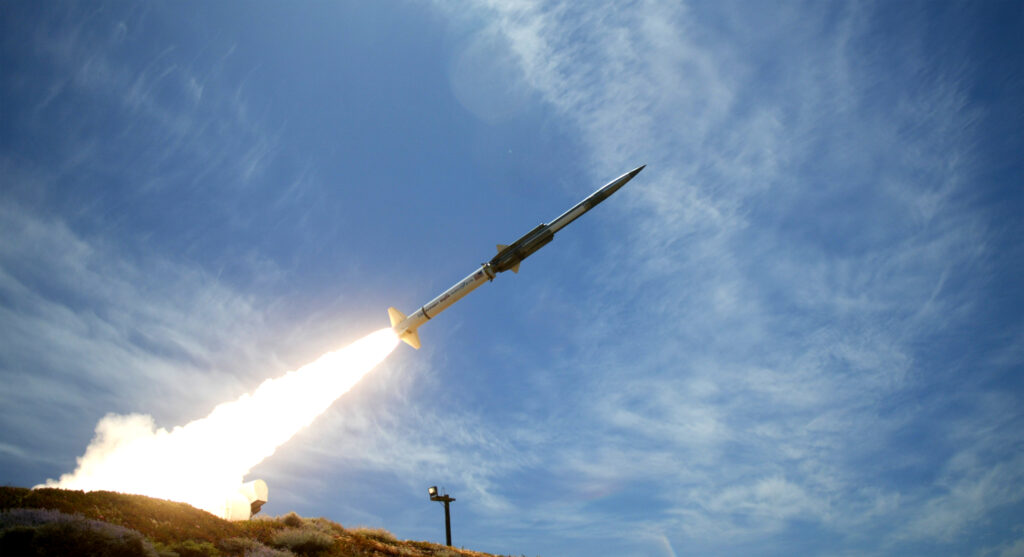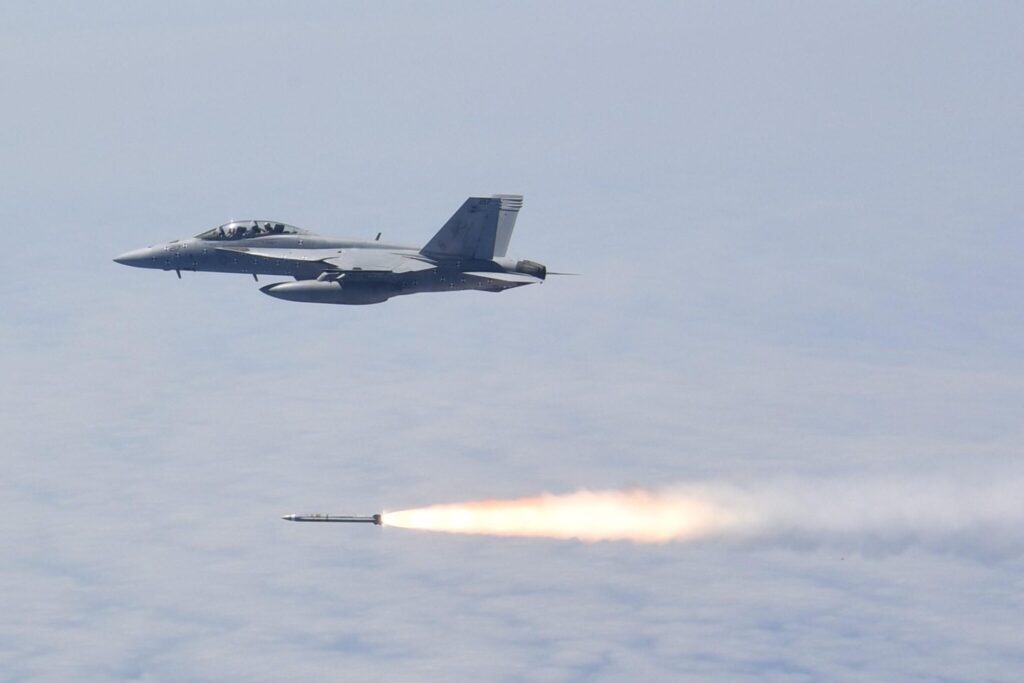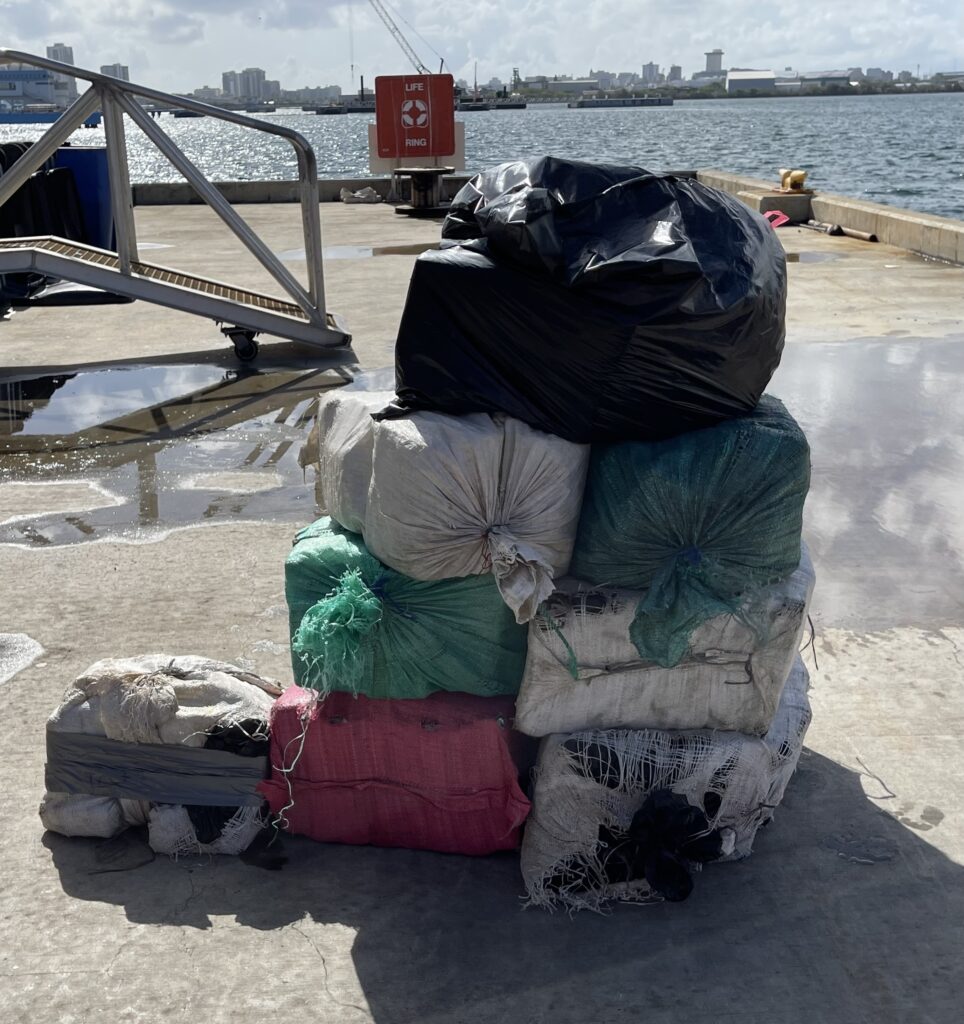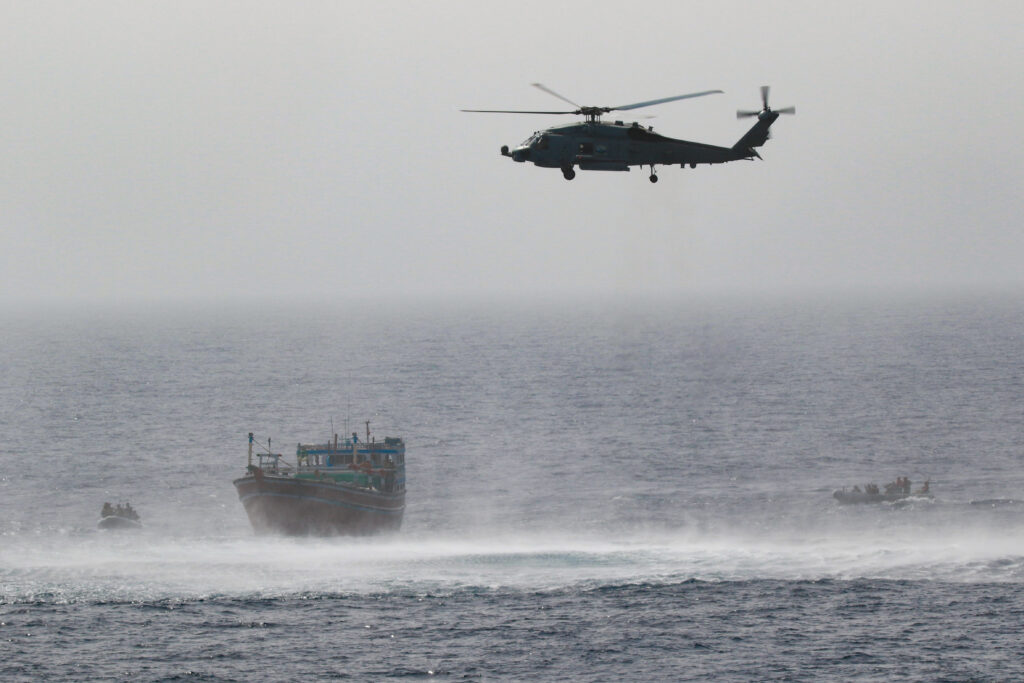Marine Corps successfully tests Medium Range Intercept Capability Prototype

White Sands Missile Range, N.M. — The Marine Corps’ Medium-Range Intercept Capability prototype successfully hit several simultaneously-launched cruise missile representative targets during the live-fire test at the White Sands Missile Range in New Mexico on June 30., Program Executive Officer Land Systems announced July 8.
The MRIC prototype provides Marine Corps point defense in an expeditionary package. The system is one of several initiatives critical to Force Design 2030, addressing an emergent capability gap for the Marine Corps. PEO Land System’s Ground-Based Air Defense program oversees the system.
“This demonstration proves that we do now have a relevant capability,” said Don Kelley, program manager for GBAD at PEO Land Systems, immediately following the successful test.
MRIC, which counts the Corps’ Ground/Air Task-Oriented Radar and Common Aviation Command and Control System among its primary subsystems, also incorporates technology from Israel’s proven Iron Dome system. The live-fire test was designed to validate the primary subsystems’ integrations and the system’s overall capability to provide critical information to senior Marine Corps leadership as they decide the path forward for the MRIC prototype.
During the test, the G/ATOR successfully tracked each target, from immediately after launch and passed the tracks through the CAC2S to the Israeli Iron Dome components. This allowed the MRIC system to simultaneously neutralize multiple missiles encircling the system from various angles. At its peak, numerous in-air targets, each with its own unique flight trajectory and velocity, surrounded the MRIC prototype. Upon firing, MRIC successfully hit each target using the Tamir missile.
The June event built upon the previous live-fire test in December, during which the program office launched multiple targets in sequence, with MRIC intercepting each target before the next one launched. This time around, multiple targets were launched simultaneously. Prior to the event, Kelley said engineers at Naval Surface Warfare Center Dahlgren ran independent simulations of what would happen during the live-fire test. The results, Kelley said, correlated closely to the modeled simulations.
